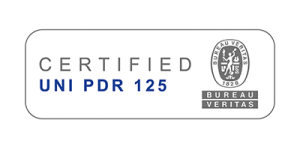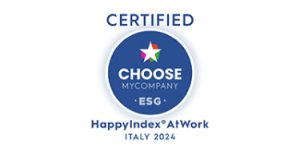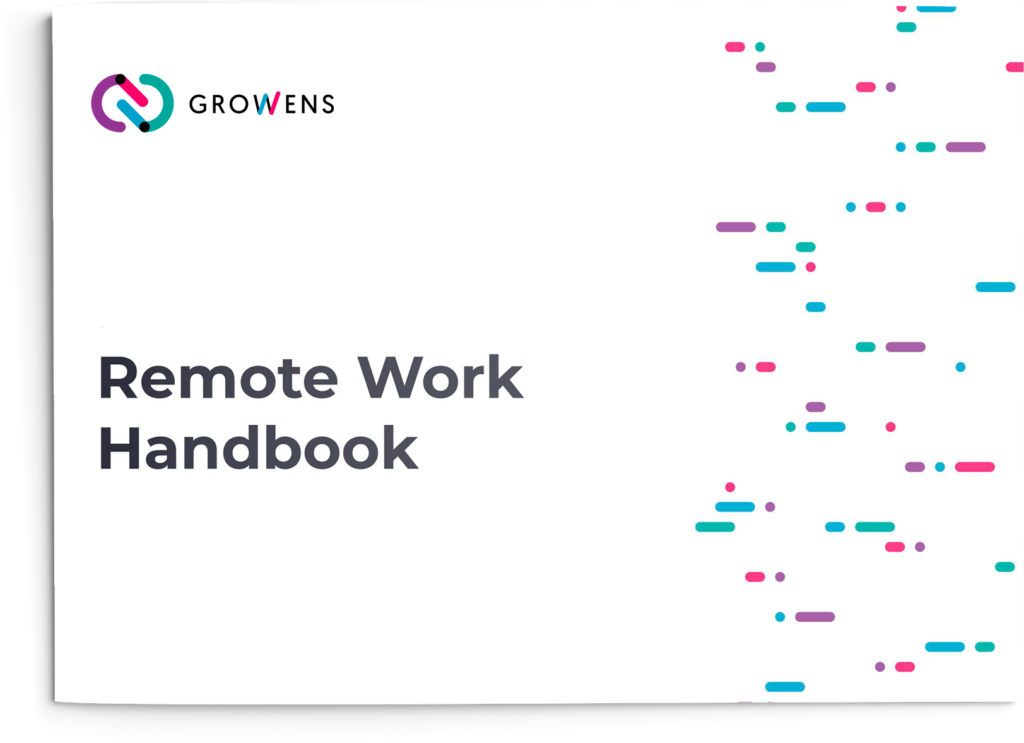
Introducing the Remote Work Handbook
During the past few weeks, the international spread of Covid-19 has forced companies to rethink the way they work, destructuring physical offices and recreating them in every employee’s home. Not only – the change had to happen overnight, with little chance for companies to adjust their business gradually and for people to get used to a radically different way of working and collaborating.
To support a smoother transition, we published a Remote Work Handbook, a nimble resource meant to help everyone get up to speed and comfortable with something unfamiliar – working and being productive from one’s very home. You can download it from this link.
What’s in the Remote Work Handbook
The Remote Work Handbook aims, first and foremost, to be an act of caring towards our employees. Of course, a company’s first interest is to give its people the means and motivation to keep working as productively and efficiently as possible – something that is crucial especially in volatile times such as the present.
Therefore, the Handbook includes best practices on how to set up a dedicated work space, how to successfully conduct a remote meeting, and what productivity apps are available to speed up projects and activities.
And yet, the Handbook also covers several psychological or emotional aspects. Times of confinement prevent people – for weeks on end – from leaving the house. Minimal social interactions can claim its toll. Kids at home from schools in lockdown can add extra exhaustion on worried parents. The lack of physical exercise and fresh air can suppress energy, enthusiasm, and any hint of good mood.
We strongly believe that only happy, serene people can give their best at their jobs. Therefore, our care does not only go to ensuring that projects are carried in compliance with deadlines, but to making sure that people eat and drink properly, keep healthy, take enough breaks, spend quality time with their kids, and maintain social bonds with co-workers as much as possible.
Behind the Remote Work Handbook
In Italy, our entire workforce was asked to work remotely as early as February 24th 2020, following the first reported Covid-19 cases in the Lombardy region. Today, over a month later, business and operations are still running smooth. Why? Because in those offices – namely, Milan and Cremona – people have been working flexibly for over a year. Everybody there was prepared for and familiar with the challenges and new habits that go along with fully remote work dynamics – both from a technological and a psychological point of view.
The situation evolved when, on March 18th 2020, we extended mandatory remote working to our employees located in the US, the Netherlands, Spain and Denmark. The BEE team in the US is natively dispersed and working on different time zones – therefore, little changed for the people there in terms of work processes.
In the Netherland, Spain and Denmark, however, our workforce was not yet used to flexible work. We were forced to skip a few steps and fast forward everyone at least to the work-from-home stage, providing everyone with the right tools – technical, organizational, and emotional – to thrive in an unfamiliar setting that provides as many advantages as complex challenges. Hence a Handbook – here in its revised version for external use – meant to fill in the gaps and get everyone the peace of mind they need to make the most of these delicate times.
Article by Maria Giulia Ganassini
Corporate Communications Manager, Growens






